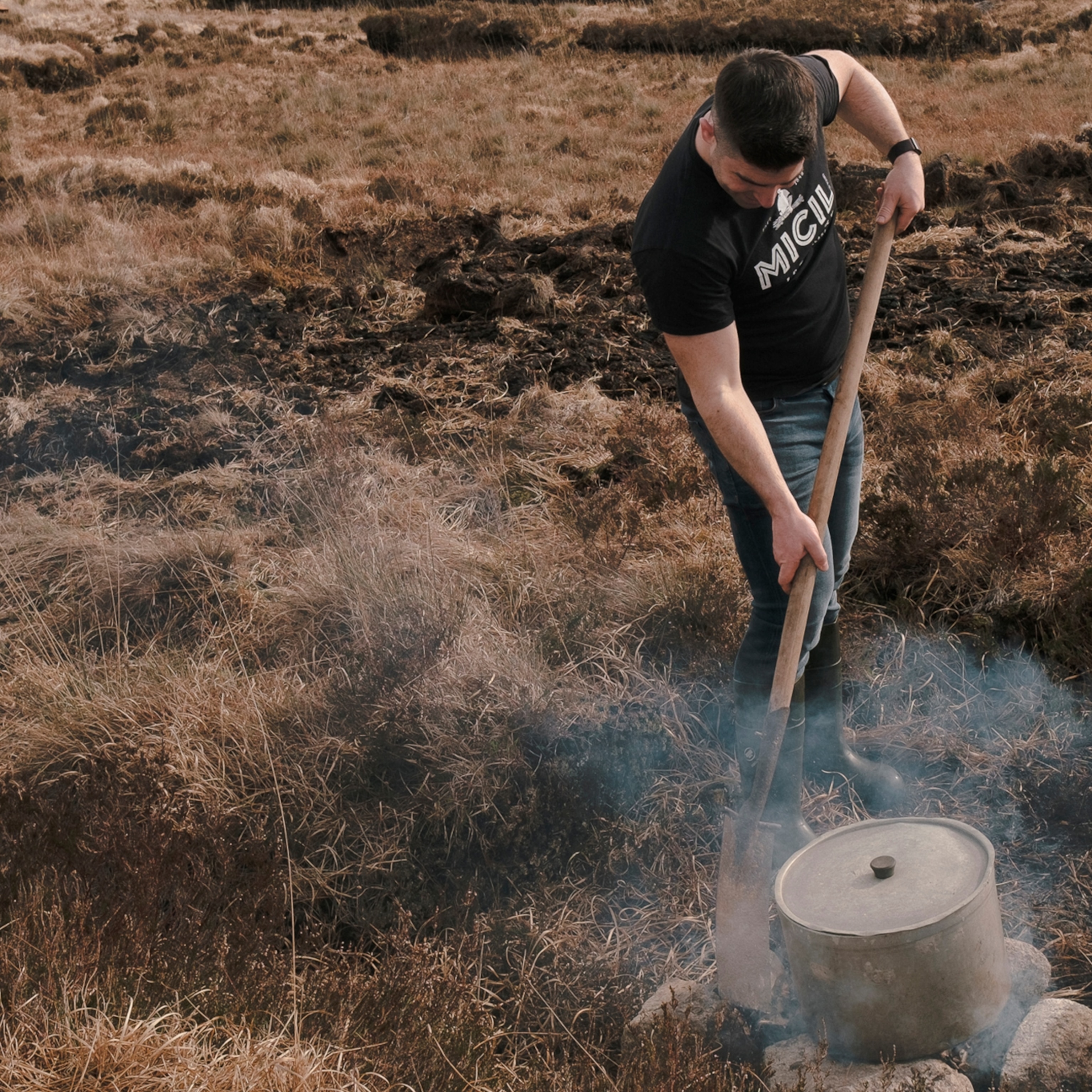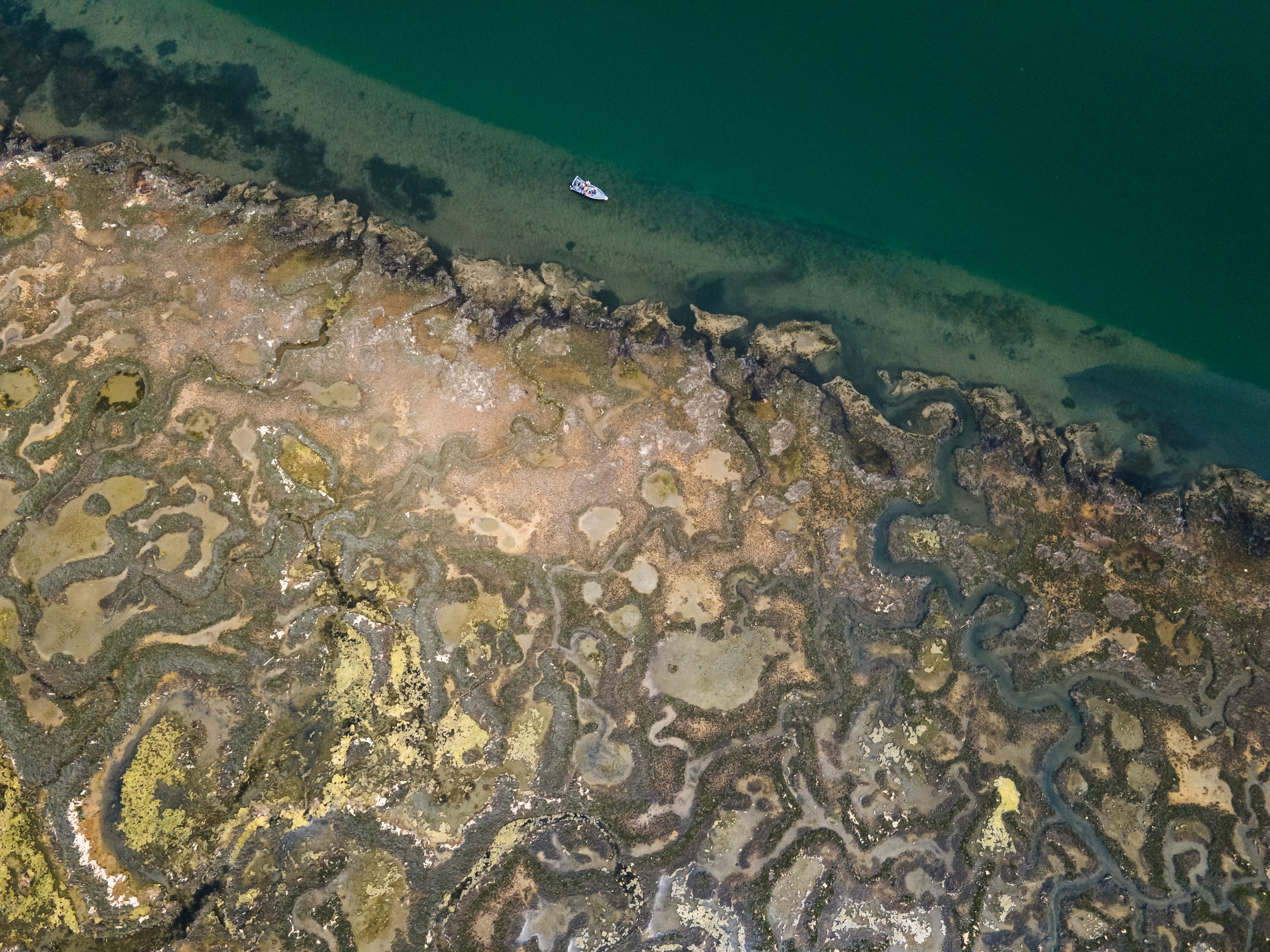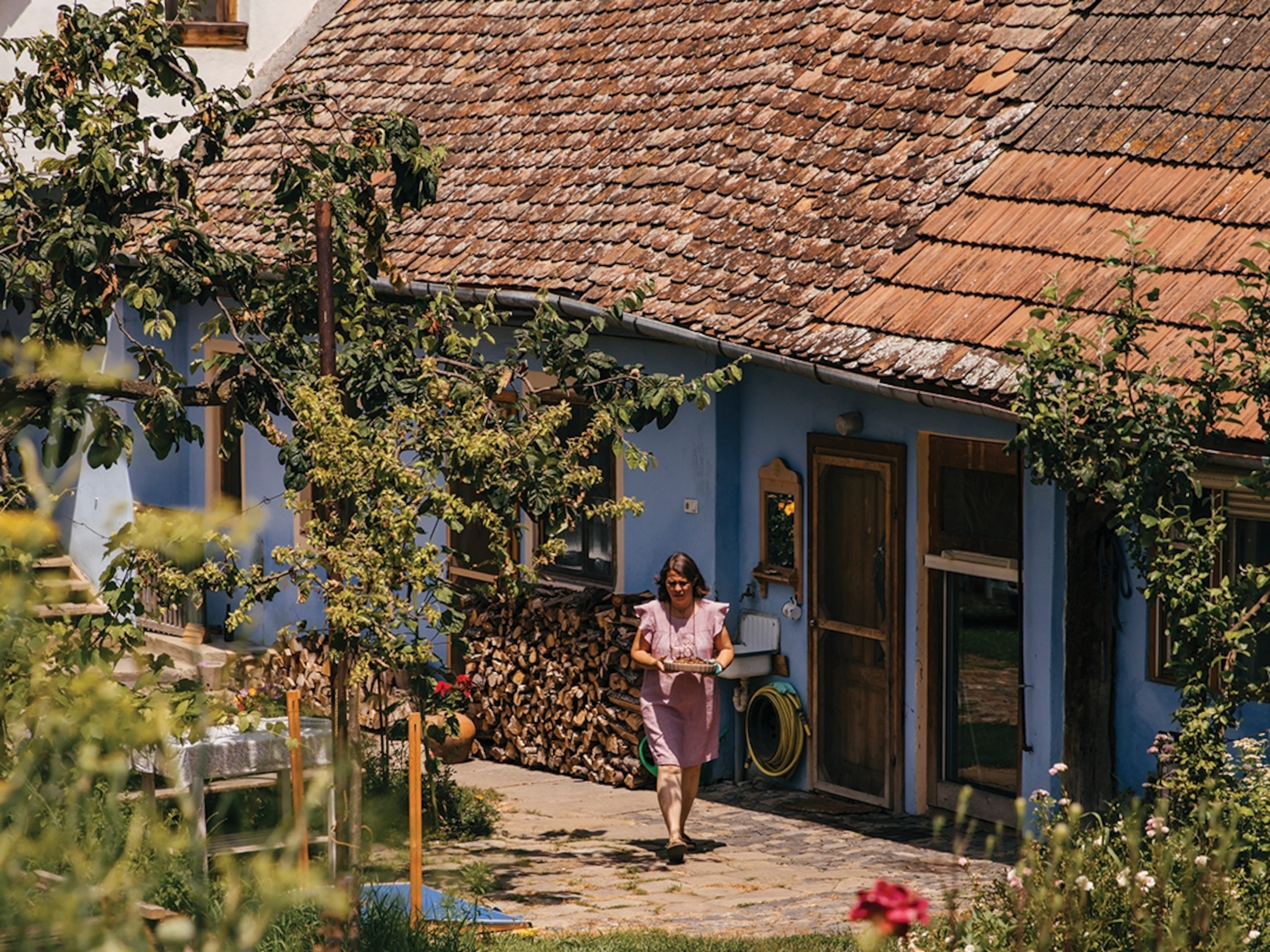Onions, cheese, eggs—this isn’t a shopping list. It’s fortune-telling.
Kitchen divination has a long, cross-cultural history. In some places, the art never went away; in others, it’s making a comeback through social platforms.

Predicting the future hasn’t always been synonymous with tarot cards and crystal balls. Centuries before astrology apps and dial-in psychics existed, people who wanted a glimpse into the future worked with what they had—food.
Loose leaf tea and Turkish coffee grounds (tasseography), onions (cromniomancy), eggs (ovomancy), and even cheese (tyromancy) have all been essential ingredients used in kitchen divination. But over time, these rituals faded from the mainstream. However, a recent resurgence in Pagan practices—crystals and tarot cards, astrology, and herbal magic—has brought this branch of fortune telling from the back of the pantry to the top of your TikTok feed.
Diana Espirito Santo, associate professor of social anthropology at Pontificia Universidad Católica in Chile, says that this growing appetite for spirituality shows that food-related divination practices were never really off the table.
“More modern and liberal ritual specialists can do divination practices in absentia. I would imagine that food-based forms of divination are easier to handle and have a wider scope for interpretation,” she says. “This makes them extremely attractive to a virtual audience, who can imagine how the divination result applies to them in creative ways.”
Here’s what you need to know about food divination and destinations where you can sample it.
What is food divination?
California native Amber Corvidae, a retired chef and practicing witch who lives in Brisbane, Australia, says food divination in the West most likely stemmed from the witch hunts and accusations of witchcraft beginning in the early 15th century. This includes tea scrying, which in 1700s England was often documented as an excuse to have tea with friends, “when in reality, those friends were either witches themselves or seeking spiritual counsel from witches,” says Corvidae.
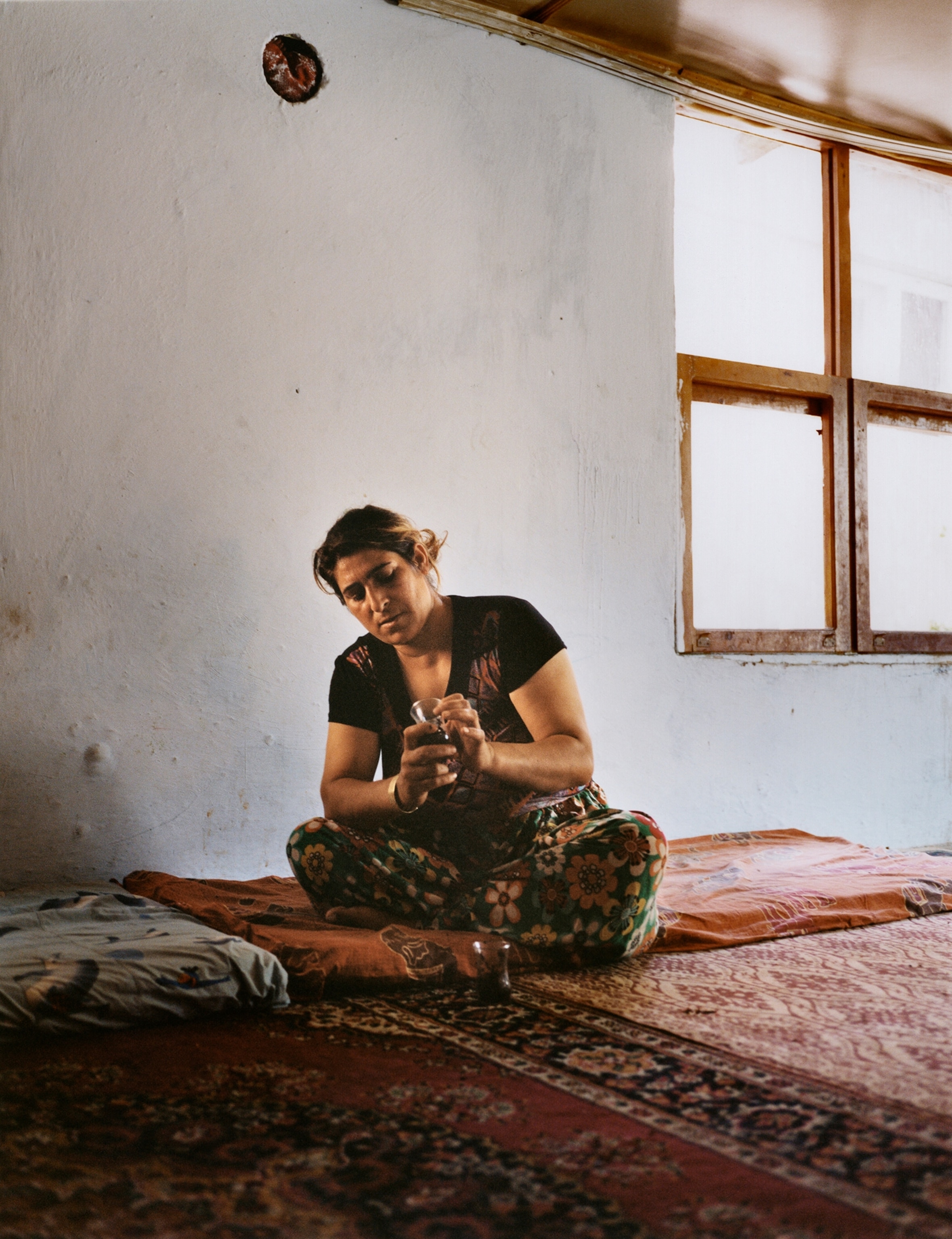

However, in other parts of the world, people commonly relied on the “magic” of natural chemical reactions in foods such as eggs, cabbages, and nuts to understand their destiny. The Scottish practice of “pulling the kale” was a popular way to predict the qualities of one’s future spouse in the 1700s. The size and shape of the stalks indicated your would-be beloved’s physique, while its taste determined their temperament.
(Paganism is on the rise—here’s where to discover its traditions.)
Ovomancy, one of the oldest recorded forms of food divination, is still practiced in the Caribbean and certain parts of Latin America to predict marriage, childbirth, and death. For example, on Good Friday, traditionalists would drop raw egg whites into a glass of warm water and examine the shapes they made, from a ship (future travel) to a coffin (impending death). David J. Kim, a professor of anthropology at Purchase College in New York State, says it’s “staggering how many people go to see shamans and fortune tellers in South Korea and the amount of capital it generates.”
Kim, who studies Korean shamanic practices, adds that rice divination is often used to commune with spirits. A shaman reaches into a golden bowl of uncooked rice, grabs a pinch, and counts the grains. An even number of grains means “yes” or indicates the presence of a spirit, while an uneven number means “no” or the lack of spirits.

In Oaxaca, Mexico, maize diviners place a kernel of corn representing the seeker on a embroidered tortilla napkin. The fortune teller then tosses 12 (or more) kernels onto the table one at a time to search for an answer in the revealed pattern. Araceli Rojas, an archaeologist and professor at the University of Warsaw, spent time with the Ayöök people in 2007 and initially encountered only two maize diviners. But a recent visit revealed a new generation of practitioners intent on keeping these ancient fortune-telling methods alive.
Jennifer Billock, the Chicago-based creator of the Kitchen Witch newsletter, has been experimenting with—and writing about—the ancient craft of tyromancy. Divining the future with cheese was first mentioned in the writings of second-century-B.C. Greek historian and diviner Artemidorits the Dream-Interpreter. Followers of this cheesy magic use the patterns of fermentation, number of holes, and the shape of the cheese to answer specific questions. (You can pair this with a session of wine divination, known as oenomancy.) Billock says blue cheese works best, but she’s divined with everything from Colby Jack to a Kraft single.
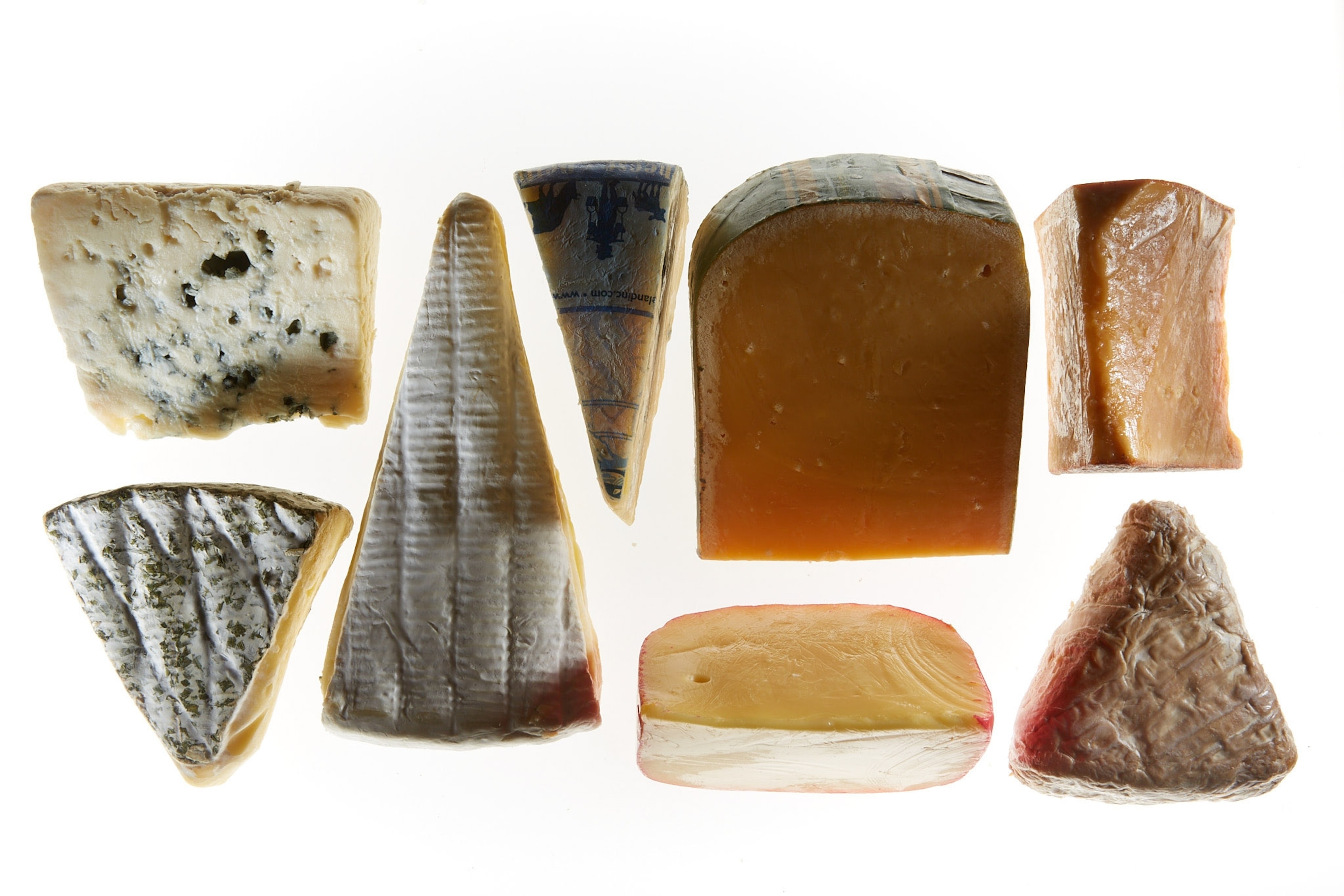
Where to experience food divination
Travelers can book an in-person tyromancy session with Billock in Chicago. She teaches divination either one-on-one or at group workshops at cheese shops, wine bars, or tea houses.
(Explore tarot’s centuries-old history in Milan.)
In Istanbul, Turkey, you’ll find a smattering of cafés offering coffee ground readings in English along Ayhan Işık Sokak, a side street off the famous İstiklal Avenue in the Taksim neighborhood. Or get a free reading from AI-driven app Faladdin, where you simply upload a photo of the sediments at the bottom of your cup of Turkish or French press java. (Your daily latte or flat white isn’t going to cut it.)
In Santa María del Tule, a small town just a few miles west of Oaxaca City, Venus Rodriguez practices and teaches the ancient art of maize reading for anyone interested. But if you can’t swing a trip to Mexico, Rodriguez also offers online divination sessions. Find more info on her Instagram.
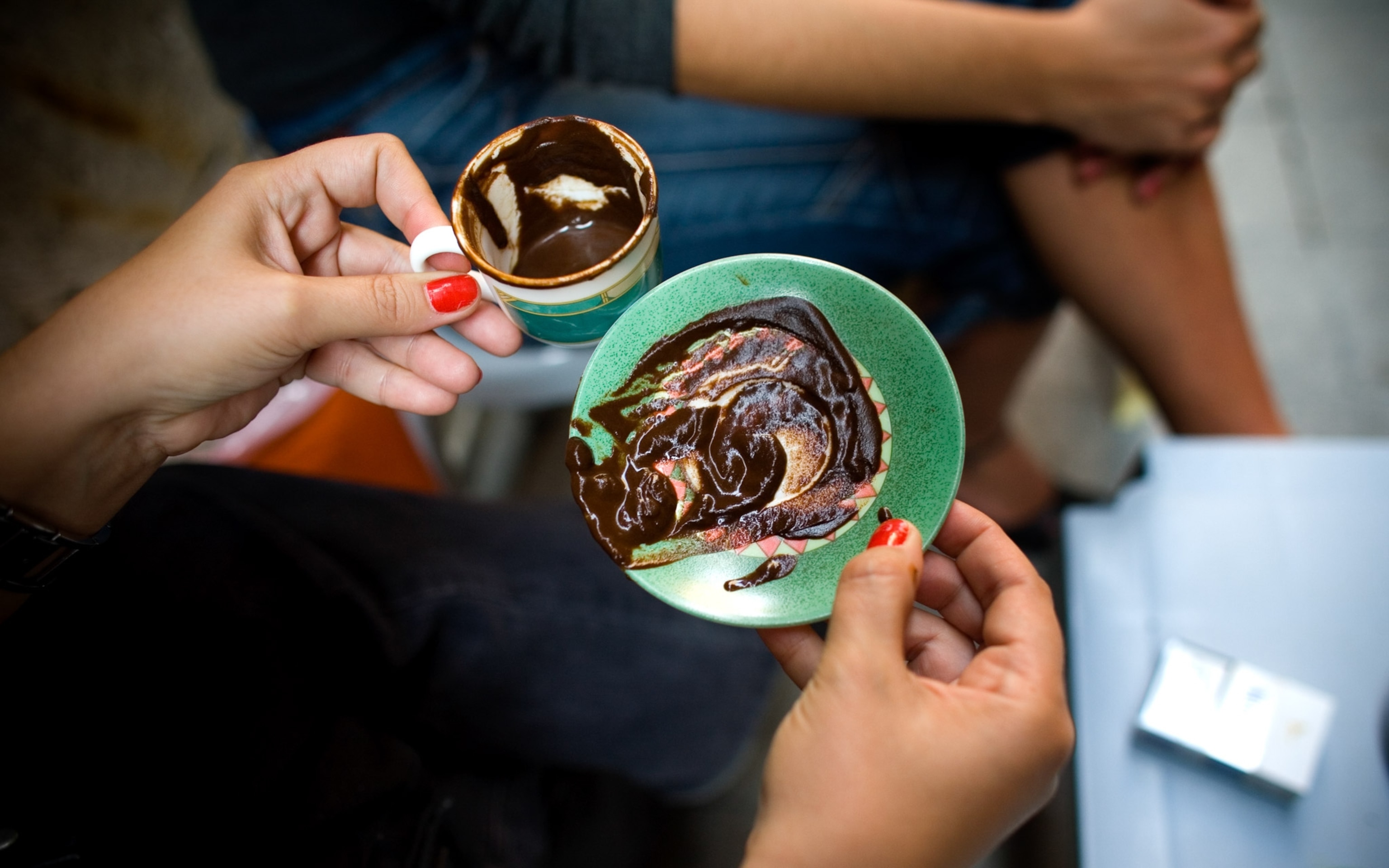
Find tea leaf readers at the 94-year-old Bottom of the Cup tearoom in New Orleans, Louisiana, or book a 90- or 120-minute session of tea reading therapy at Dublin Wellbeing Centre in Dublin, Ireland.
Take an online course on Udemy to learn how to read a coconut or kola nut, a practice from the West African Yoruba religion, which dates back nearly 8,000 years.
